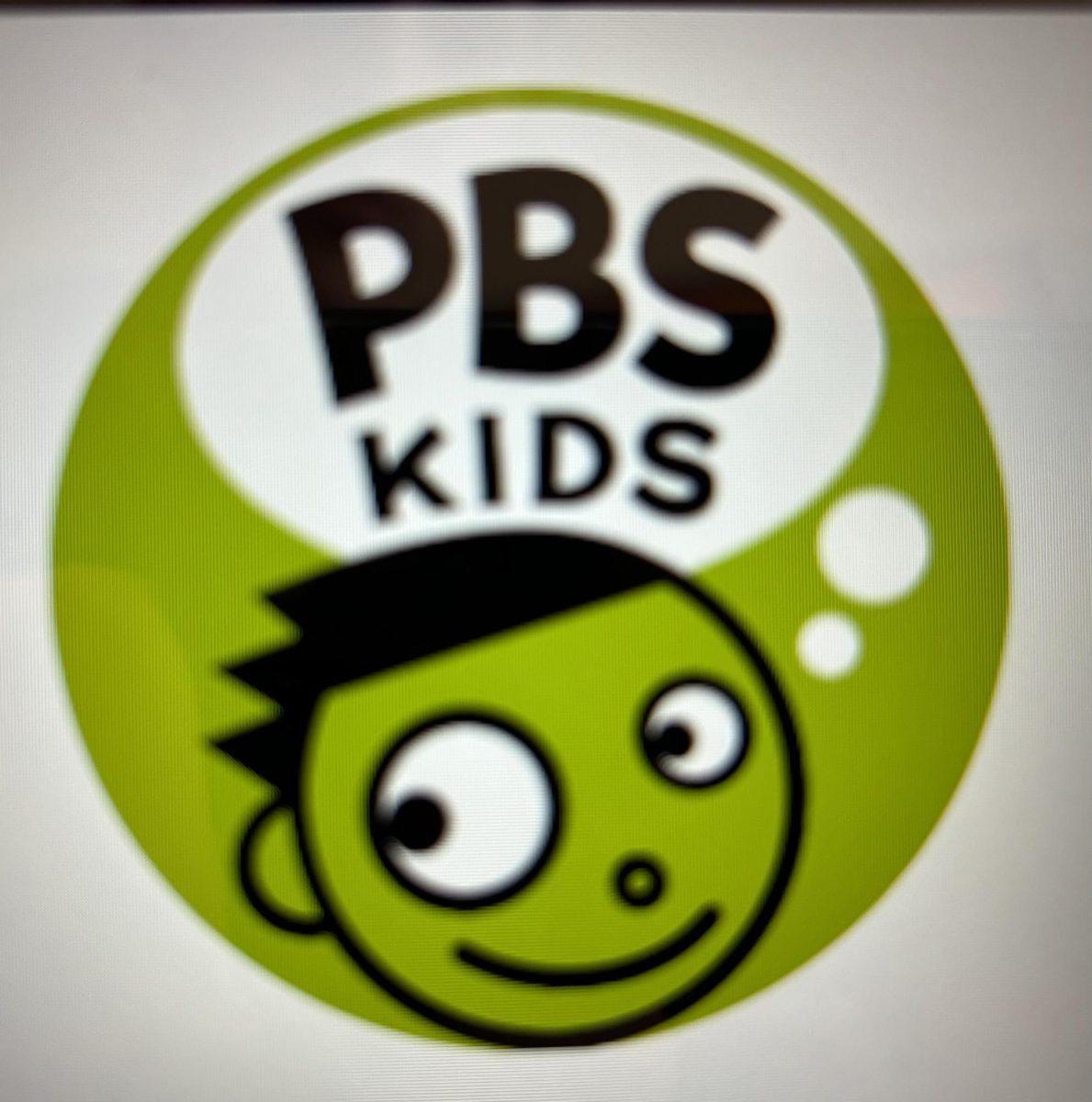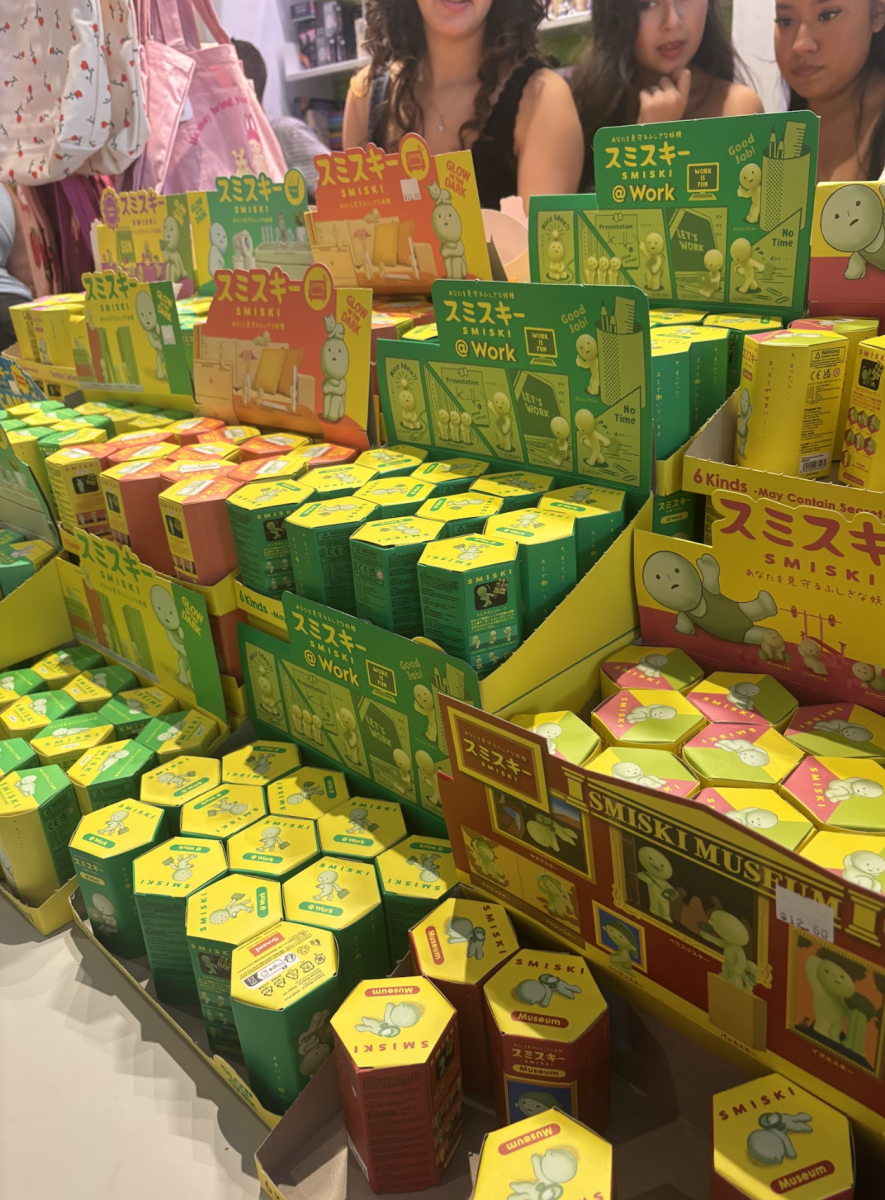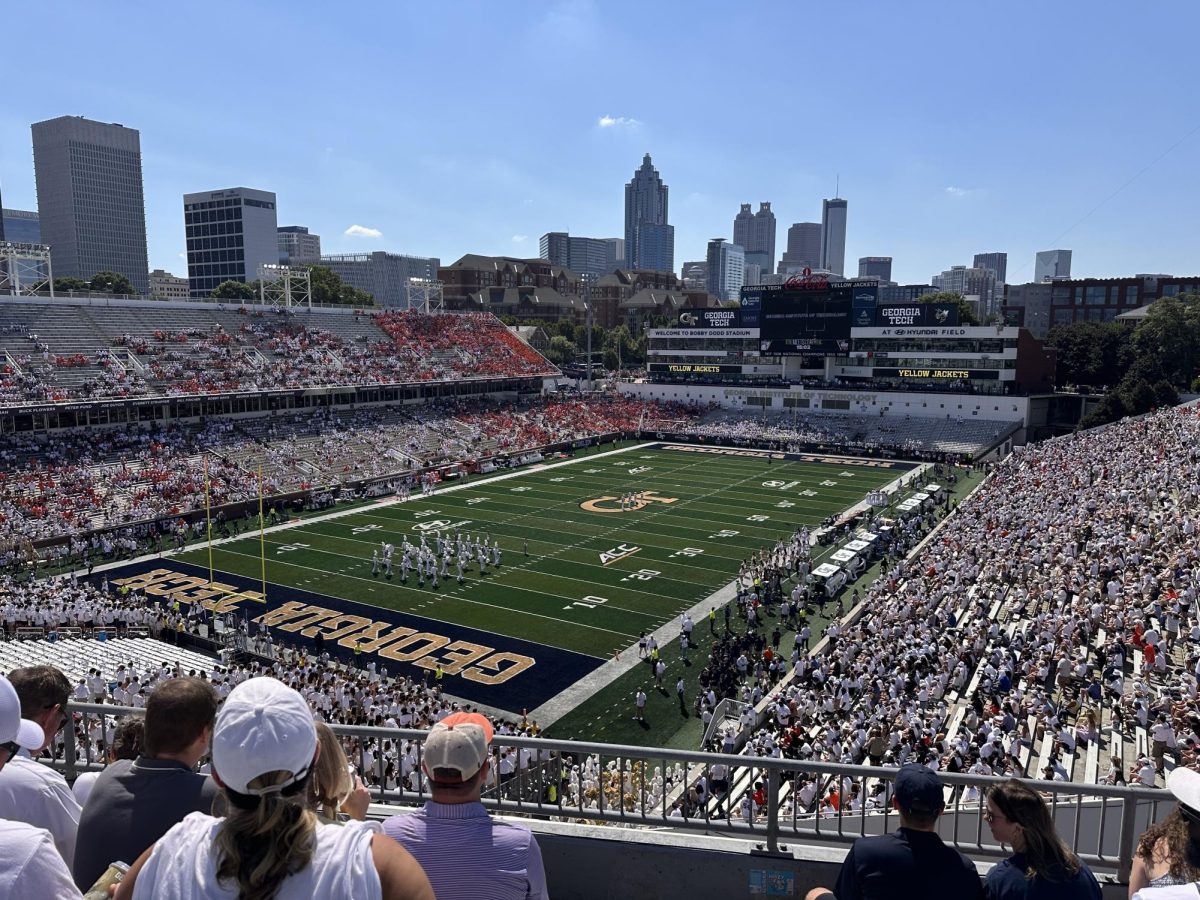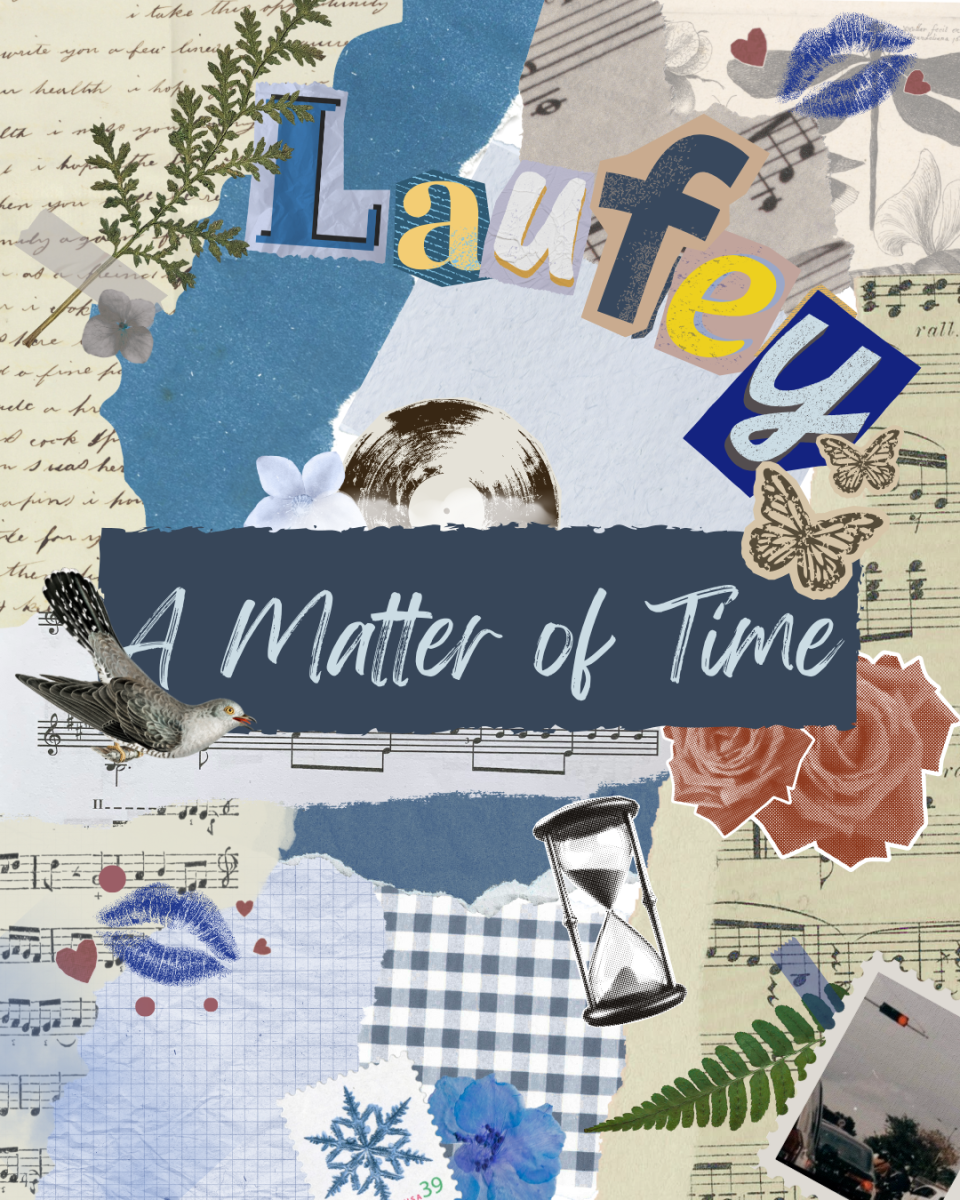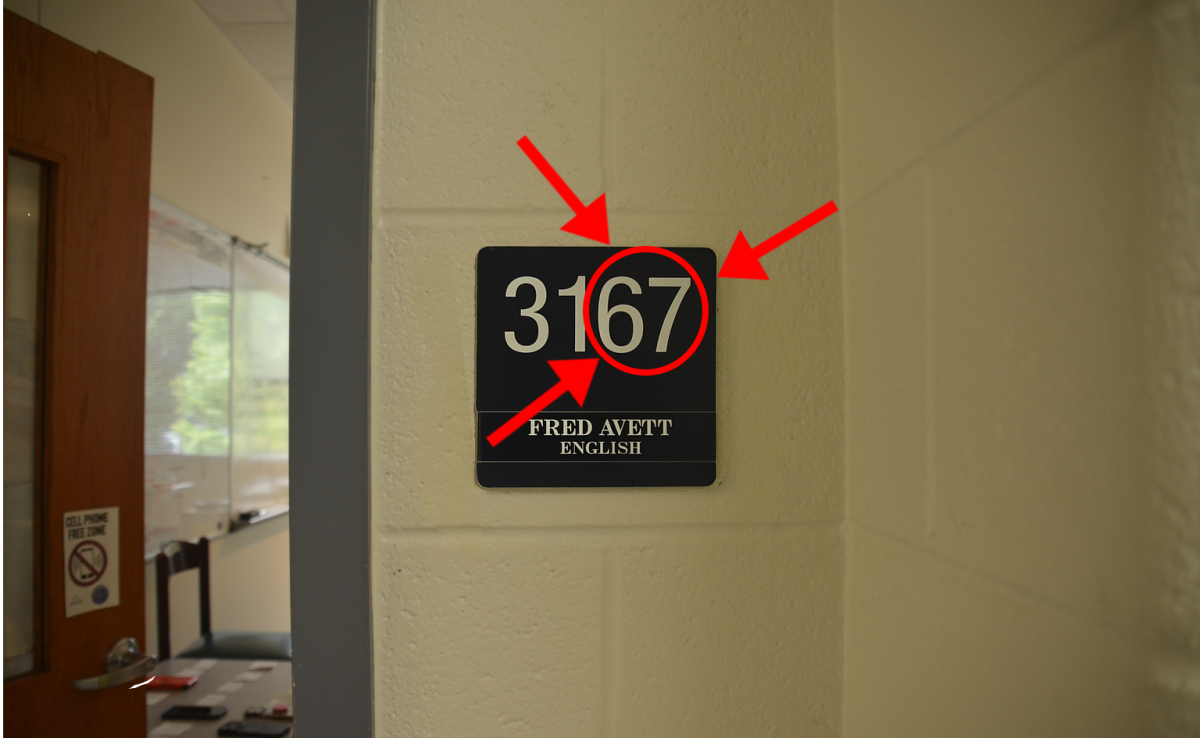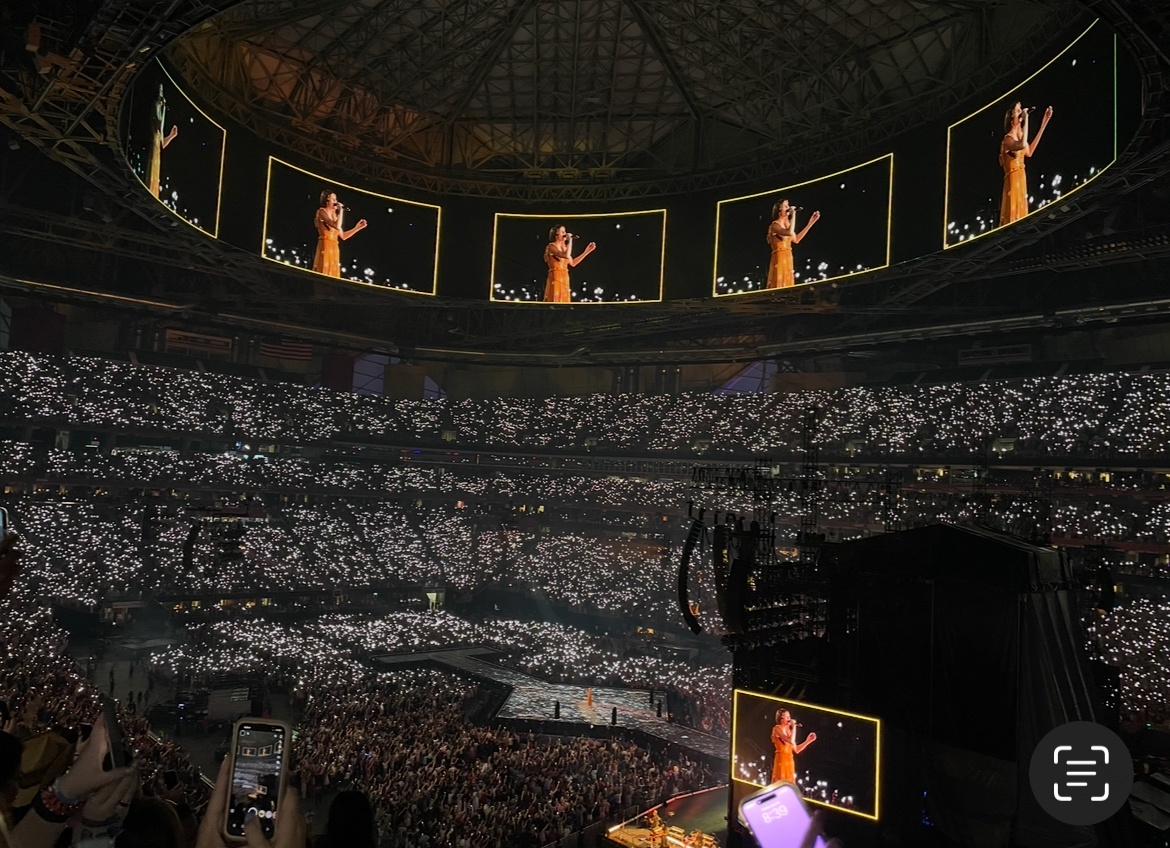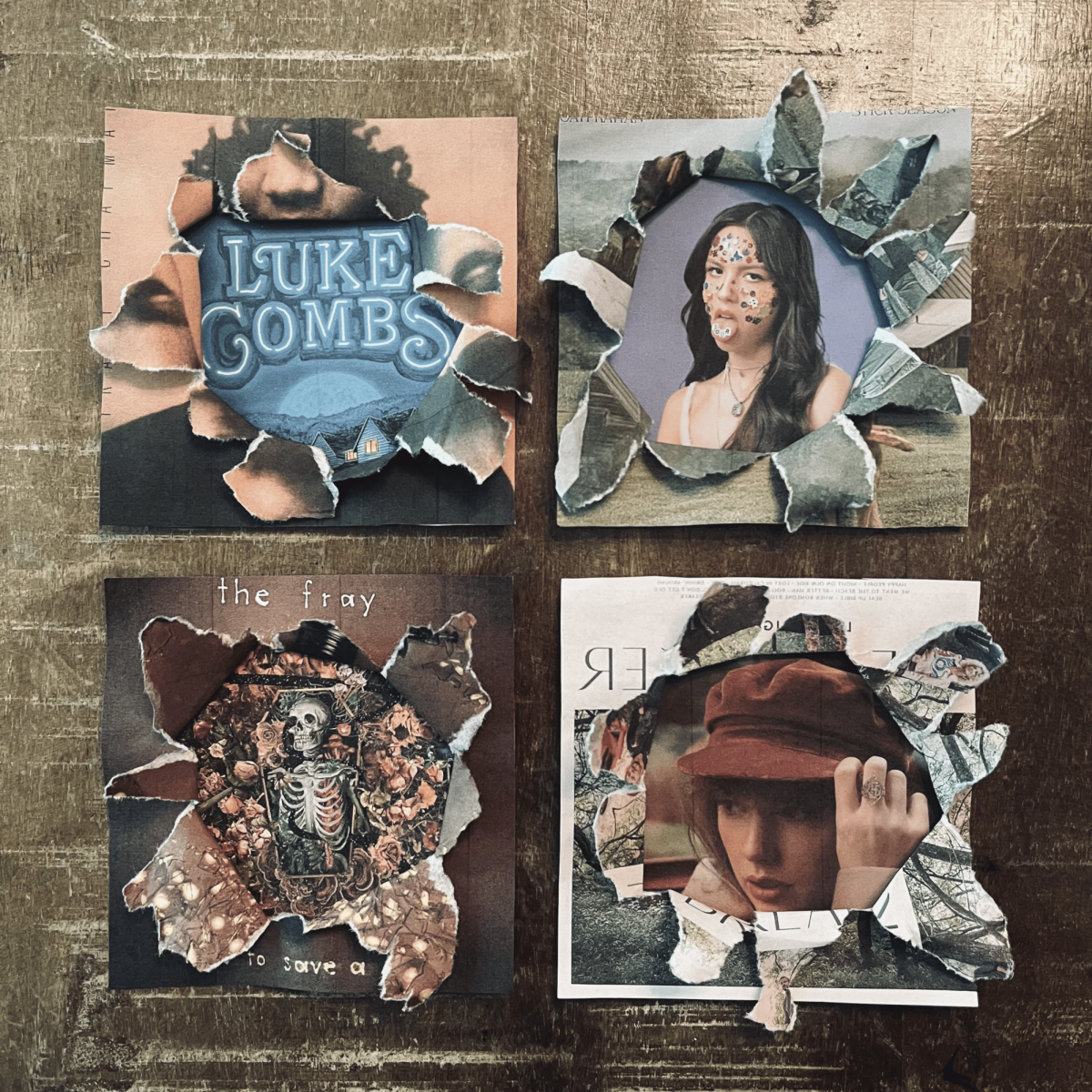In 1969, Public Broadcasting Station (PBS) was established. Its free-to-air broadcast network created a platform in which lesser known publishers could submit television series to broadcast around the nation. This allowed for cheaper production costs which fostered the rise of new, creative television episodes that ultimately had a positive impact on the youth that watched. To submit a television program on PBS there is an application process, but the general gist is you send the PBS staff the show and the people at PBS subsequently review said television program and determine whether or not it sticks to their beliefs, motives, and ultimately morals. If the show passes the screening, the publishers are then asked to provide the production and legal details of the series. Shows that are able to provide all the required details then have a chance of getting streamed on PBS.
While PBS originally began with a French cooking show, it quickly released “Mister Rogers Neighborhood” and “Sesame Street,” and these shows soon laid the foundations for the future creation of PBS Kids in 1999. From now on PBS Kids will be the focus of this article, and I will show how PBS Kids greatly benefited our nation.
The best place to begin is where it all started: the aforementioned “Mister Rogers Neighborhood” and “Sesame Street.” “Mister Rogers Neighborhood ” starred Fred Rogers who encouraged creativity while constantly reminding the viewers to be kind to others. When children are younger, their brains are more malleable, so positive morals are more easily implemented. This show uses that knowledge to instill good morals into the viewers and encourage them to think outside of the box. “Sesame Street” on the other hand focused more on the educational malleability of a child’s brain. Characters like Count von County would teach children how to count to ten, and Big Bird shows a sense of hospitality and inclusion. Then, the main character Elmo was structured to be similar to a toddler: curious, cheerful, and not always aware of what to do in certain scenarios. However, the series shows that through the power of friendship and learning, Elmo can do anything. PBS Kids did not stop there. They subsequently created “Reading Rainbow’,’ a show focused on reading, and “Square One Television,” a show focused on teaching more complex mathematical concepts. This led to the increase in specialization of most PBS Kids shows we see today. “Where in the World is Carmen Sandiego?” focused on geography, “Clifford the Big Red Dog” on responsibility, and “Wild Kratts” on zoology. This allowed PBS Kids to build a kid’s mind with every episode, and ultimately make them a better person.
Further, the quality of these shows was top notch as the competition aspect, added by a station open to public submissions, was increased. A testament to the educational abilities of these shows is that me and many of my friends watched “The Magic School Bus” and “Bill Nye the Science Guy” in school, and we would learn lessons structured around those episodes. In addition, the shows were required to be entertaining for children as a show not watched was quickly removed from the PBS Kids program. This public competition fostered better shows with better lessons, and greatly improved the quality of television for children.
So, why is this important for our children? As mentioned, children’s minds are easily manipulated. While this fact generally is given a negative connotation, it can also be positive. Television shows are increasing in popularity as technology usage increases, and children are more likely to be exposed to television shows for longer durations. Therefore, it is important that these shows positively impact these children at their most critical time of development.
PBS Kids created a competition aspect in the publishing of children’s episodes that directly improved the quality of entertainment and lessons taught by the broadcasted shows. This is what PBS kids did right for the world’s children, and it is what PBS and other broadcasting companies should strive for in the future.

